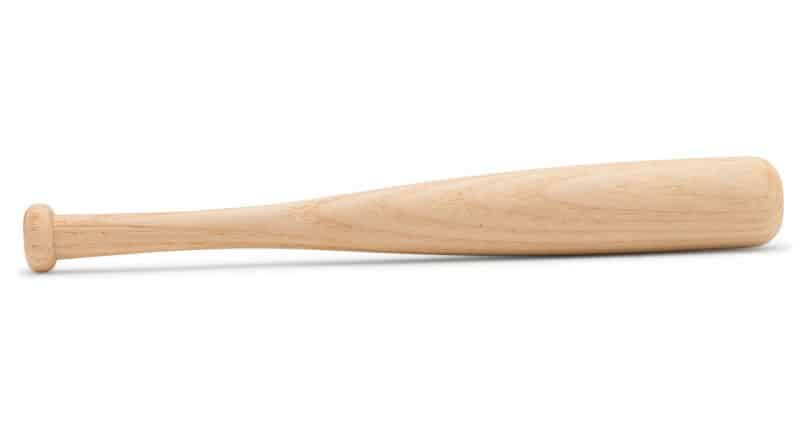Companies That Damage Your $300 Bat and the Correct Bat Shaving Techniques
Bat shaving is a bat modification that decreases the thickness of a bat’s inner barrel. The end cap is removed and a digital precision lathe “shaves” the inside of the barrel. The decrease of alloy or composite material allows the barrel to flex more at the point of impact, which translates to greater batted ball speed. The greater ball speed can add 40-50 feet with shaving alone, add bat rolling before shaving and that number goes up even higher.
Many people open up a bat and shave the inside with a drill hole (or drum sander). A hone will create “hot spots” and “dead spots” throughout the shaved barrel. A hot spot is where the spot is shaved too much and the barrel will flex more. This sounds good because we want more flex for more distance, right? Not exactly, the hot spot will cause a weak spot on the barrel and increase the chance of cracking significantly.
There are predetermined widths for bat shaving, which test the limits of the bat as far as strength and durability. Sanding past these limits will cause your bat to break prematurely. The dead spots are just the opposite of hot spots; they cause the bat to flex less, which causes a decrease in distance. A bat straight from the factory will often have inconsistencies of 5-10 thousand of an inch along the barrel already.
The precision lathing of your bat will create the most accurate wall available. A constant wall allows the bat to have the same flex around the bat for increased distance and better durability (remember, a shaved bat is less durable). The main point is that sanding the inside of a barrel will never be consistent or precise, only a lathe can do that.
Most people who shave on eBay (and even some on the internet) utilize a drill hone (drum sander); this is why you will see cheap prices on eBay for bat shaving services. The lathe should have a digital readout to lessen the chance of inaccuracies. One pass through the lathe is not as accurate as taking out material in 2-3 passes. It would be like using coarse-grit sandpaper as opposed to fine-grit sandpaper.
The fine grit will take longer but it produces a better product. When the bat is taken out of the lathe it will have lost 1-2 ounces of material depending on the manufacturer of the bat (different bats have different specifications). That weight needs to be put back into the bat at the handle and end cap, an extra amount can usually be put into the cap for an end load. If you did not know, all manufacturers create their barrels to weigh the same.
They put metal weight into the handle and extra resin into the end cap to weigh the bat anywhere from 26 ounces to 30 ounces. After the weight is added back the end cap is put back on using the correct glue, substandard glue could result in the end cap separating and even popping off.




